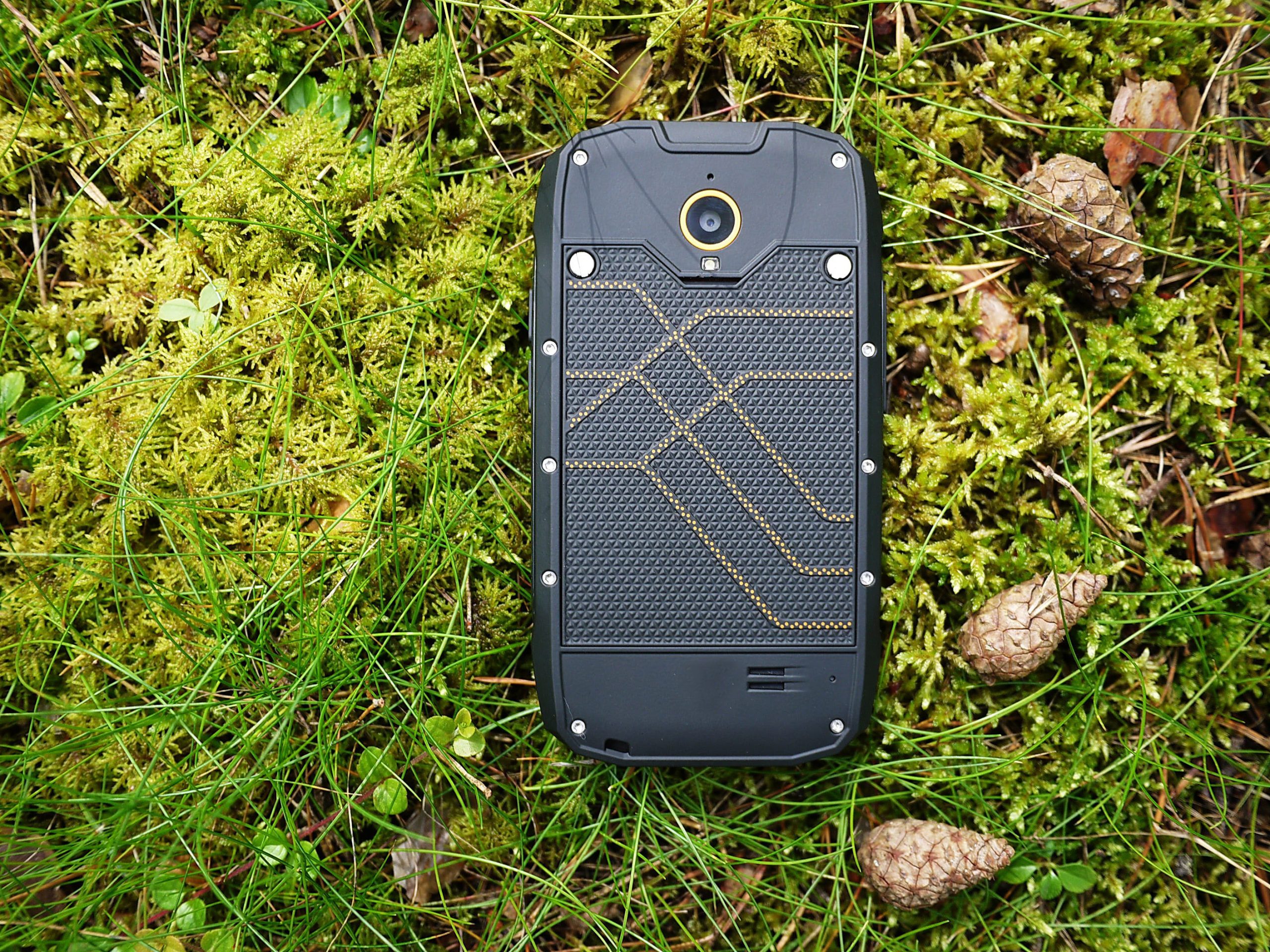
20 Jun WHAT IS THE DIFFERENCE BETWEEN IP68 AND IP58?
When it comes to industrial design for especially electrical products, being transparent about the materials used for products and what their capabilities are is key to instill customers’ trust. One way to instill this trust is by assigning an IP Code.
An IP Code, also called an Ingress Protection Code or International Protection Code, aligns to the International Electrotechnical Commission (IEC)’s requirements of classifying and rating the protection certain mechanical casings and electrical enclosures provide when it comes to intrusion, dust, accidental contact and water.
According to the NSW website, “Ingress protection tests are carried out to determine if the electrical equipment can prevent dust and liquid from entering inside and coming into contact with live or hot parts.” Furthermore, these “testing requirements for electrical equipment using ingress protection (IP) are specified in International Standard IEC 60529 and Australian Standard AS 60529.”
Two significant ratings for smartphone designers especially are IP68 and IP58. But, before we get closer to unpacking these ratings, it is first important to unpack the meaning behind the numbers used.
For IP Codes, the breakdown is as follows:
- The first number following “IP” in the code indicates solid particle protection and ranges from 0 to 6.
- The second number signifies liquid ingress protection and ranges from 0 to 8 (sometimes including X as well).
- In some cases, a third number will be added to indicate mechanical impact resistance, as well as additional letters that indicate more protections provided.
Defining IP68 and IP58
Based on the above, let’s take a closer look at testing for IP68 and IP58.
IP68
The 6 immediately indicates a high level of protection, classified as “dust-tight”. When products are tested and achieve this 6, it means there was no dust entry and total protection against contact was perceived.
The number 8 indicates protection against immersion of 1 meter or more depth. What it means, is that the object can be immersed in water, but for some objects, it means that it can have contact with water in a way that will not hamper its performance.
So, which devices carry an IP68 code? Surprisingly, mobile phones are some of them! Products such as the Samsung Galaxy Note 8 and Sony Xperia XZ1 are some examples. This doesn’t mean that dipping your phone in water should be a regular occurrence though – but it does indicate that these products have a high level of protection against water.
Now, let’s look at our next code.
IP58
The number 5, in this case, indicates that testing revealed an object is dust-protected. However, this doesn’t mean it is dust-tight though – it offers some protection against dust but must not be held in conditions where dust will inhibit its functions. As mentioned above,8 indicated good waterproofing functionality for short amounts of time.
Smartphones are again a great example of products with an IP58 code, such as the Sony Xperia Z1, Z2.
The bottom-line: Protection against moisture and dust are key
Although many of the devices carry high resistance ratings, it is important to understand that they provide a high level of protection against dust and water submersion, but are not designed to withstand these conditions for prolonged periods.
Rather, see it as superior design inspired by good design principles to withstand the elements in normal conditions – which, at the end of the day, will lead to a better customer buy-in to support certain products and brands and to continue supporting certain suppliers!
At Paraform, we are dedicated to creating exceptional designs. Contact us today if you would like to find out more about our design processes.



